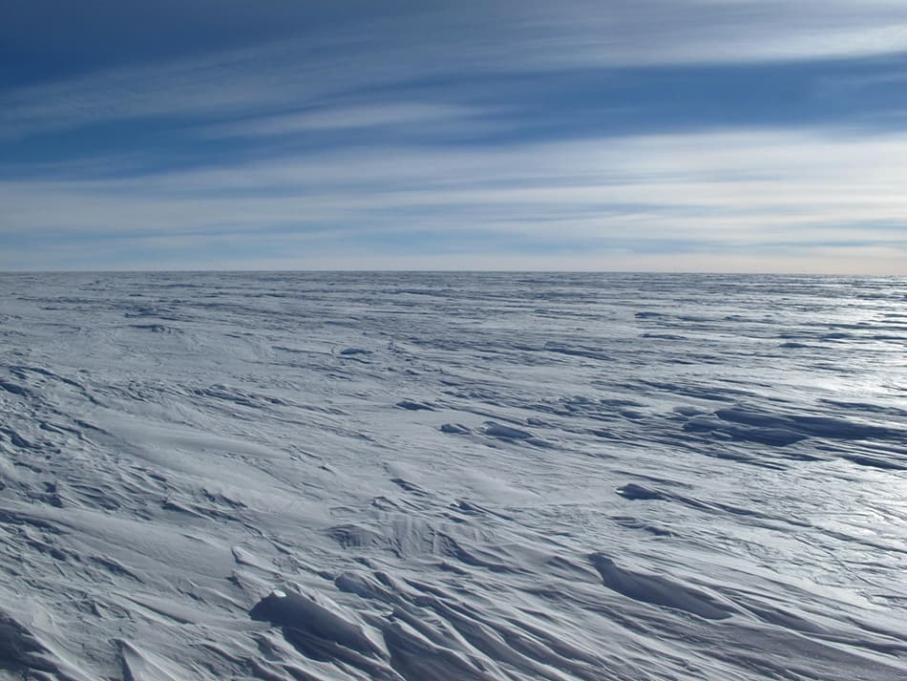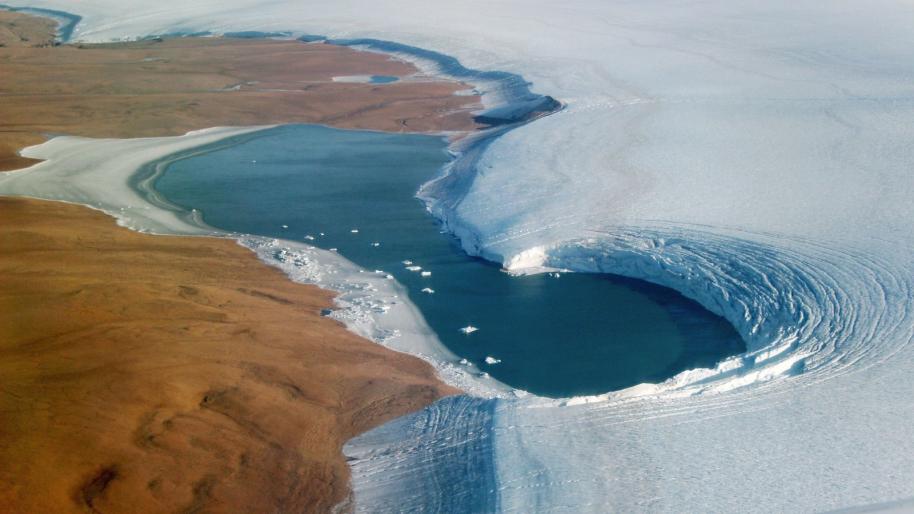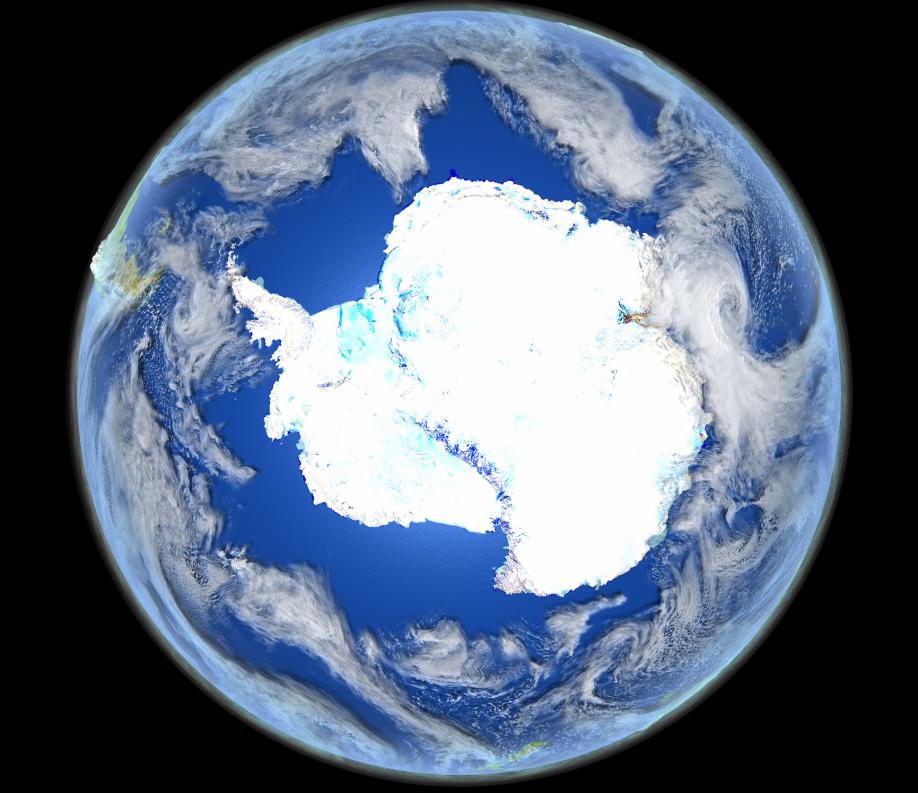How Can I Find the Best Spots to See the Northern Lights?
The Northern Lights, also known as Aurora Borealis, are a natural phenomenon that captivates the imagination of travelers and photographers worldwide. These mesmerizing displays of light dance across the night sky, painting the canvas of the heavens with vibrant hues of green, pink, and purple. If you're planning a journey to witness this celestial spectacle, here's a comprehensive guide to help you find the best spots and optimize your viewing experience.

Factors To Consider When Choosing A Viewing Location
Darkness:
Light pollution can significantly diminish the visibility of the Northern Lights. Choose a location with minimal artificial light sources, such as cities or towns. Remote areas, national parks, and coastal regions often offer darker skies and better viewing conditions.
Weather Conditions:
Clear skies and minimal cloud cover are essential for successful Northern Lights viewing. Check the weather forecast before your trip and choose a location with a high probability of clear nights. Avoid areas with frequent cloud cover or precipitation.
Time Of Year:

The Northern Lights are typically visible from September to April, with the peak season occurring between December and March. During this time, the nights are longer, and the darkness lasts for a more extended period, increasing the chances of catching a glimpse of the aurora.
Activity Level:
The visibility of the Northern Lights is directly influenced by solar activity. Solar storms and flares can trigger more intense and frequent auroral displays. Keep an eye on solar activity forecasts to determine the best time to visit your chosen destination.
Research And Preparation
Online Resources:

Numerous reputable websites and apps provide real-time updates on solar activity and aurora forecasts. Some popular resources include the Space Weather Prediction Center, the Aurora Forecast app, and the Aurora Service Europe website.
Local Knowledge:
Connect with local tourism boards, astronomy clubs, or tour operators in your chosen destination. They can provide insider tips, recommendations for the best viewing spots, and information on local events or festivals related to the Northern Lights.
Equipment:
Pack warm clothing, sturdy boots, and a hat to keep yourself comfortable in the cold weather. Bring a sturdy tripod and a camera with manual settings to capture stunning photographs of the Northern Lights. A wide-angle lens and a fast aperture lens are recommended for optimal results.
Recommended Viewing Locations
- Alaska, USA: Fairbanks is a popular destination for Northern Lights viewing, with clear skies and frequent auroral displays. Other notable spots include Denali National Park and the Arctic Circle.
- Northern Canada: Yellowknife in the Northwest Territories is renowned for its exceptional Northern Lights displays. Other top spots include Churchill, Manitoba, and Whitehorse, Yukon.
- Iceland: The entire country offers excellent opportunities for Northern Lights viewing, with dark skies and minimal light pollution. Reykjavik, Thingvellir National Park, and the Jökulsárlón glacier lagoon are popular destinations.
- Norway: Tromsø is often referred to as the "Northern Lights Capital of the World" due to its high frequency of auroral displays. Other popular spots include the Lofoten Islands, Alta, and Svalbard.
- Sweden: Abisko National Park in Swedish Lapland is a prime location for Northern Lights viewing, with clear skies and minimal light pollution. Other notable spots include Kiruna and Luleå.
- Finland: Finnish Lapland, particularly the regions of Inari and Utsjoki, offers excellent viewing conditions for the Northern Lights. Other popular spots include Rovaniemi and Saariselkä.
Tips For Enhancing Your Viewing Experience
Patience And Persistence:
The Northern Lights can be unpredictable, so patience and persistence are key. Be prepared to spend several nights observing the sky before catching a glimpse of the aurora. Dress warmly and bring snacks and drinks to keep yourself comfortable during long viewing sessions.
Choose A Comfortable Spot:
Find a comfortable spot away from bright lights and distractions. Set up your tripod and camera and adjust the settings to capture the Northern Lights effectively. Use a blanket or chair to keep yourself warm and comfortable while you wait for the aurora to appear.
Set Realistic Expectations:
Remember that the Northern Lights can vary in intensity and may not always be as vibrant as depicted in photographs. Be prepared for subtle displays or even nights when the aurora is not visible. The experience of witnessing the Northern Lights is unique and memorable, regardless of its intensity.
Additional Considerations
Safety:
Prioritize safety by dressing appropriately for the cold weather and being aware of your surroundings. Avoid venturing into remote areas alone, and always inform someone of your plans and expected return time.
Respect For The Environment:
Leave no trace and respect the natural beauty of the viewing locations. Avoid littering, disturbing wildlife, or damaging vegetation. Embrace the opportunity to connect with nature and appreciate the beauty of the Northern Lights without leaving a negative impact on the environment.
Photography Techniques:
To capture stunning photographs of the Northern Lights, use a long exposure (typically 15-30 seconds) and a low ISO (100-400) to minimize noise. Use a wide-angle lens to capture the vastness of the aurora and a sturdy tripod to keep your camera steady. Experiment with different compositions and settings to create unique and memorable images.
Embarking on a journey to witness the Northern Lights is an unforgettable experience that will leave you in awe of the natural world's beauty and wonder. By following the tips and recommendations provided in this guide, you can increase your chances of finding the best spots and optimizing your viewing experience. Remember to embrace the adventure, be patient, and appreciate the magic of the Northern Lights, a celestial spectacle that will forever remain etched in your memory.
YesNo

Leave a Reply